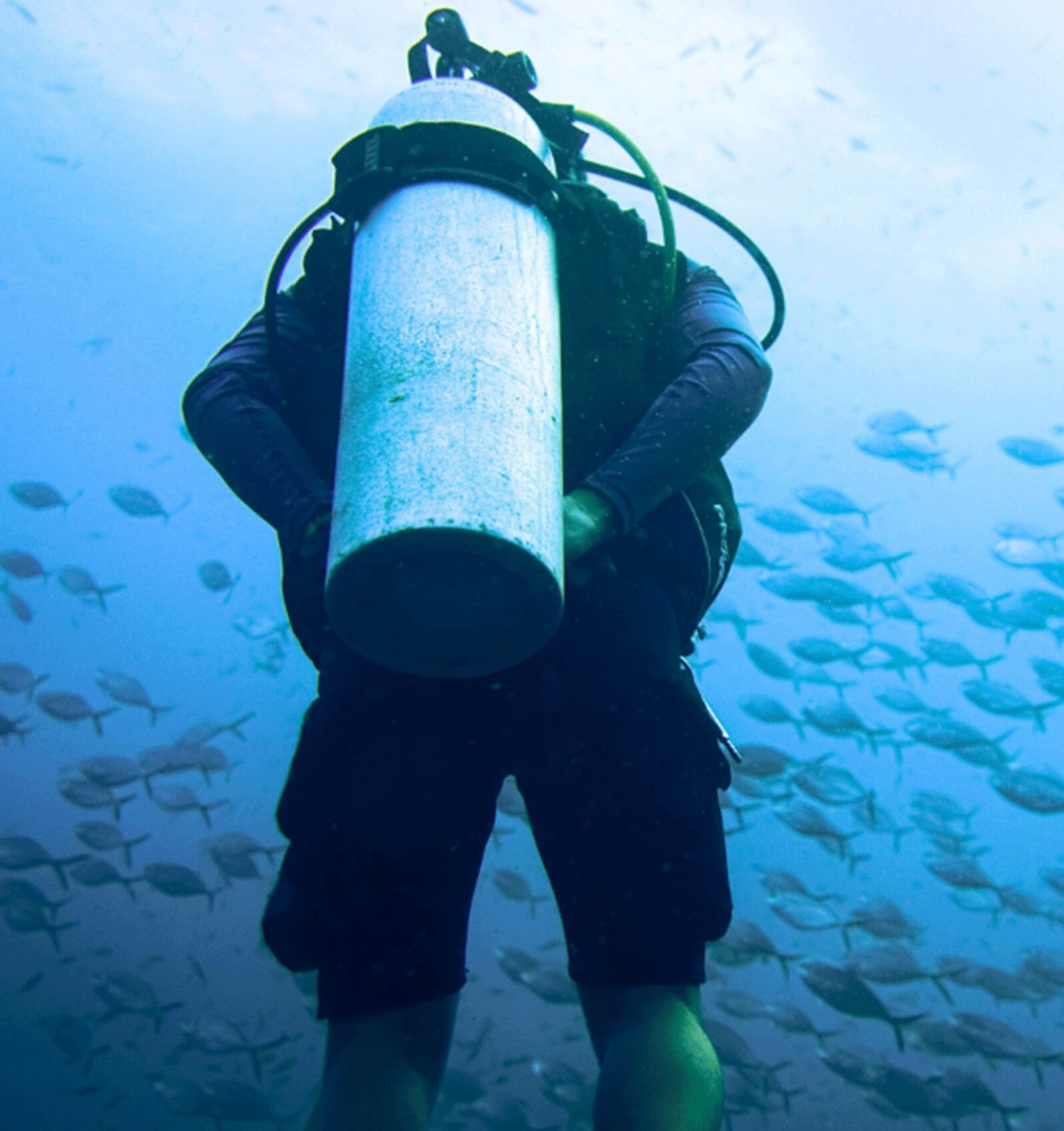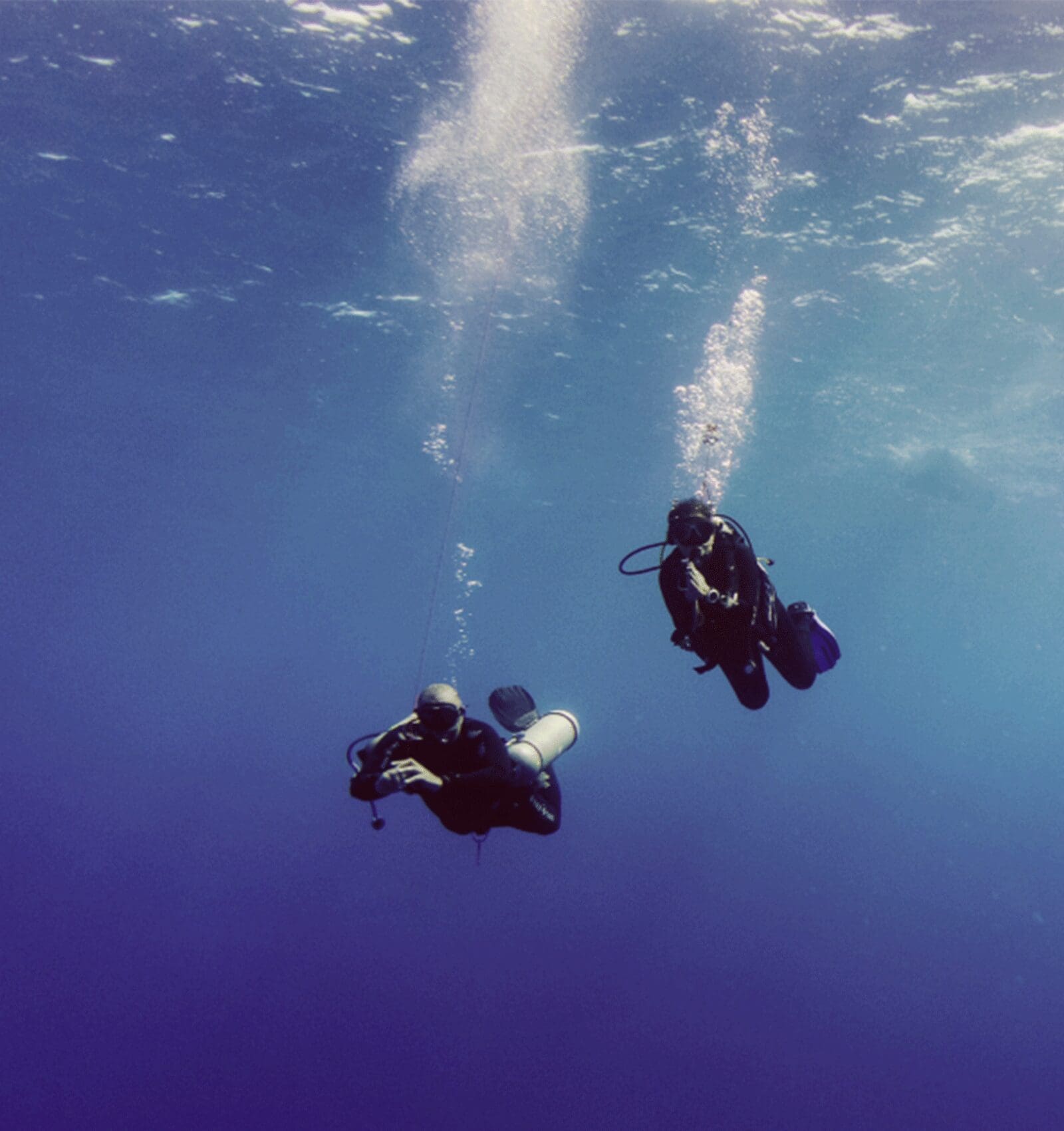Top 10 Marine Species to Spot in Boracay
Top 10 Marine Species to Spot in Boracay
Boracay, a tropical paradise in the Philippines, is not only famous for its stunning beaches and vibrant nightlife but also for its incredible underwater world. Divers from around the globe flock to Boracay to explore its rich marine biodiversity. Whether you’re a seasoned diver or a beginner, the waters surrounding Boracay offer a treasure trove of marine species waiting to be discovered. Here are the top 10 marine species you can spot in Boracay, each promising an unforgettable diving experience with New Wave Divers Boracay.
1. Manta Rays
Manta rays are among the most majestic creatures you can encounter in Boracay. These gentle giants glide gracefully through the water, often spotted at dive sites like Yapak. Known for their impressive size and unique appearance, manta rays are a favorite among divers. The best time to see manta rays is during the dry season from November to May when the waters are clearer, providing excellent visibility.
Where to Spot Them:
- Yapak: A deep dive site known for its strong currents and the occasional sighting of manta rays.
2. Green and Hawksbill Turtles
Turtles are a common sight in Boracay, and both green turtles and hawksbill turtles can be found in its waters. These ancient mariners are often seen grazing on seagrass beds or resting on coral reefs. Watching a turtle swim effortlessly through the water is a highlight of any dive.
Where to Spot Them:
- Crocodile Island: Known for its diverse marine life, this site offers frequent turtle sightings.
- Friday’s Rock: Another popular spot where turtles are often seen.
3. Clownfish
Made famous by the movie “Finding Nemo,” clownfish are a delight to see in their natural habitat. These colorful fish live in symbiotic relationships with sea anemones, providing a perfect photo opportunity for divers and snorkelers alike.
Where to Spot Them:
- Crocodile Island: The vibrant coral gardens here are home to numerous clownfish.
- Angol Point: Another great spot for seeing clownfish among the anemones.
4. Barracudas
Barracudas are sleek, predatory fish known for their fearsome appearance and schooling behavior. They are often seen in large groups, making for an impressive sight. Despite their intimidating looks, barracudas are generally not a threat to divers.
Where to Spot Them:
- Camia Wreck: This artificial reef attracts schools of barracudas.
- Yapak: Known for sightings of larger pelagic species, including barracudas.
5. Nudibranchs
Nudibranchs, or sea slugs, are some of the most colorful and fascinating creatures in the ocean. These tiny, often brightly colored animals are a favorite among macro photographers. With countless species, each with unique patterns and colors, spotting nudibranchs is always an exciting challenge.
Where to Spot Them:
- Crocodile Island: A macro photographer’s paradise, rich with various nudibranch species.
- Friday’s Rock: Another site known for its abundance of macro life, including nudibranchs.
6. Reef Sharks
Reef sharks, including white-tip and black-tip reef sharks, are frequently seen around Boracay. These agile predators are often found patrolling the reefs and are a thrilling sight for divers. Seeing a shark in its natural environment is an experience that many divers cherish.
Where to Spot Them:
- Yapak: A deep dive site with frequent sightings of reef sharks.
- Balinghai Wall: Another excellent location for spotting these sleek predators.
7. Parrotfish
Parrotfish are known for their vibrant colors and the unique beak-like structure they use to scrape algae off coral. These fish play a crucial role in maintaining the health of coral reefs. Their bright colors and busy activity make them a joy to watch during dives.
Where to Spot Them:
- Crocodile Island: A favorite feeding ground for parrotfish.
- Angol Point: Another site where parrotfish are commonly seen.
8. Seahorses
Seahorses are delicate, captivating creatures that are a rare find in many parts of the world. Boracay’s healthy seagrass beds and coral reefs provide an ideal habitat for these enchanting animals. Spotting a seahorse requires a keen eye and patience but is well worth the effort.
Where to Spot Them:
- Crocodile Island: The seagrass beds here are a good place to look for seahorses.
- Friday’s Rock: Known for its diverse marine life, including occasional seahorse sightings.
9. Lionfish
Lionfish are easily recognizable due to their striking appearance and venomous spines. These predatory fish are both beautiful and dangerous, making them a fascinating subject for underwater photographers. Despite their invasive status in some parts of the world, they are a natural part of Boracay’s marine ecosystem.
Where to Spot Them:
- Crocodile Island: Frequently seen among the coral formations.
- Camia Wreck: Another site where lionfish are often spotted.
10. Octopus
Octopuses are among the most intelligent and versatile marine animals. These masters of camouflage can change color and texture to blend in with their surroundings. Spotting an octopus is always a treat, as they are usually well-hidden.
Where to Spot Them:
- Crocodile Island: Known for its rich biodiversity, including octopuses.
- Angol Point: Another site where octopuses are occasionally seen.

Wish to know more about the diving in Boracay? Our team will be delighted to answer your questions and let us know why we should be your first choice when planning your dive vacation to the Philippines. We hope to hear from you soon!
